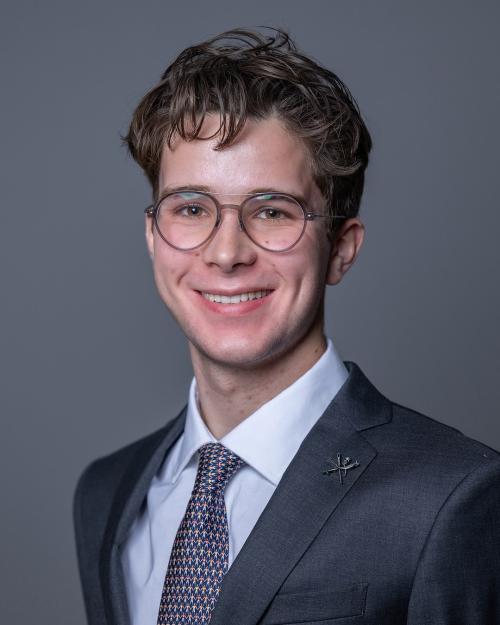
Project title: Modeling the Viability of Dsup as a Radioprotective Tool
Project description: In the past 50 years, space exploration has been a boon for scientific discovery, allowing for countless developments in physics, planetary science, and medicine. In recent years, however, many have proposed venturing beyond low-Earth orbit, hoping to return to the Moon and travel beyond to Mars. The hazards of these journeys are significant: astronauts living aboard the ISS receive nearly a hundred times the radiation received by a human on Earth over the course of a year, putatively increasing their risk for chronic disease, such as cancer. Considering that deep space initiatives lack the additional protection provided by the Earth’s magnetosphere, provisioning future astronauts with proper shielding, tests, and preventative measures is essential. Borrowing from nature, tardigrades are an animal species that are extremely resistant to a range of adverse environments, including the deep seas, Antarctica, and outer space. Enabling such survivability is the tardigrade’s unique damage suppressor protein (Dsup), which, when expressed in human cells, confers significant radiation resistance, suggesting a potential biological solution to the dangers of space exploration. At present, the mechanism underlying Dsup’s radioprotection is vaguely understood, blocking access to ideal DNA binding sites for free reactive oxygen species. However, the space environment requires special considerations, due to the low-dose, high-intensity radiation to which astronauts are subjected, severely interrupting the regular human cell cycle. Thus, in order to field Dsup as a long-term biological protection mechanism, it is important to learn if it will mitigate the effects of more energetic radiation, the full extent of the mechanism driving its radioresistance, as well as the degradation of its protective abilities over time. To accomplish this, I propose building a computational model of the human nuclear microenvironment, irradiated with galactic cosmic rays and solar particle events and protected by Dsup analogs, in order to evaluate the scope of its applicability as a radioprotective tool. In this effort, I will consider a variety of possible approaches, such as the modeling of DNA strand breaks, the generation of reactive oxygen species, and DNA-protein interactions, to gain key insights into Dsup’s effectiveness. Ultimately, documenting these phenomena will pave the way for efficient genetic engineering, allowing for Dsup to be generated, incorporated, and used in human cells on future space missions.
Most important achievement: I am very proud of being a TA in the Physics department and getting the privilege to teach students as an undergraduate!
Reflections on the College Scholar Program: So far, the College Scholar Program has equipped me with the indispensable tools to contact and connect with faculty members, allowing me to gain the insights of the premier experts in my fields of interest. Alongside this, I have had the great pleasure of hearing about the fascinating projects of my fellow College Scholars, which have explored academic spaces that I had never before considered, such as the rise and fall of empires, the impacts of creativity, and uncovering a mathematical framework for language-learning!